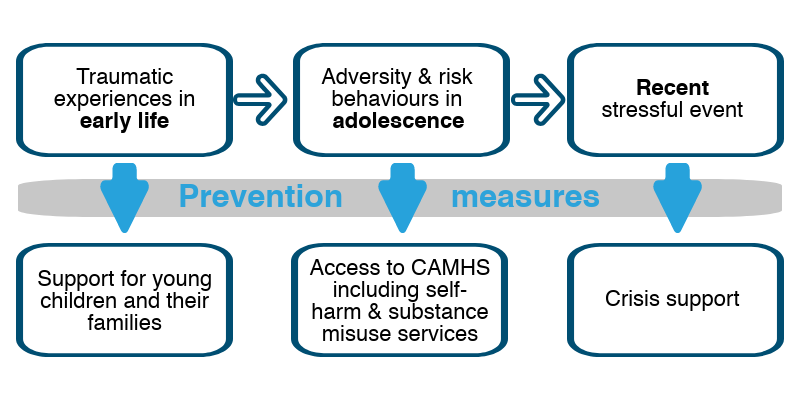
Suicide by children and young people
Date of publication: July 2017
The second report from our national investigation of suicide by children and young people examined suicide by 391 young people aged under 25 in England or Wales.
We found themes that should be specifically targeted for prevention, including support and management of family factors like mental illness or substance misuse, childhood abuse, bullying, physical health, mental ill-health, and alcohol or drug misuse.
We also suggest that there should be:
- increased support for young people who are bereaved (especially by suicide);
- a greater focus on mental health in colleges and universities, housing and mental health care for looked after children;
- and mental health support for young people who identify as lesbian, gay, bisexual or trans (LGBT).
Key messages
Actions for young people at risk
- Young people who are bereaved (especially by suicide) would benefit from widely available bereavement support services.
- Students would benefit from a greater focus on mental health in colleges and universities.
- Looked after children should receive housing support on leaving care, as well as access to mental health care.
- Young people who identify as LGBT and may have fears over their sexual and/or gender identity should have access to mental health support.
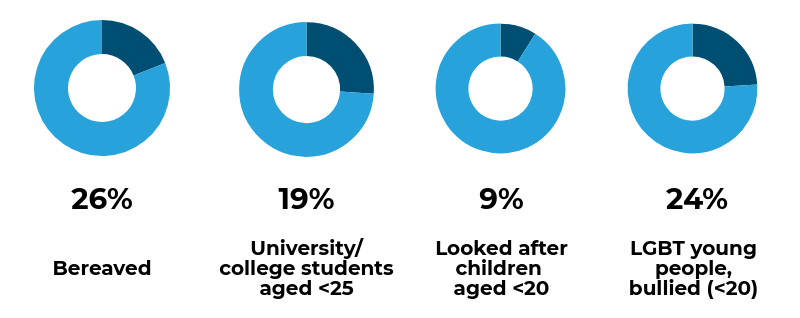
Suicide-related internet use
We suggest further efforts are needed to remove information on suicide methods from the internet and to encourage online safety.

Self-harm
Self-harm is a crucial indicator of risk and should always be taken seriously, even when the physical harm is minor.
Services that respond to self-harm should work with services for alcohol and drug misuse, as both are linked to subsequent suicide.
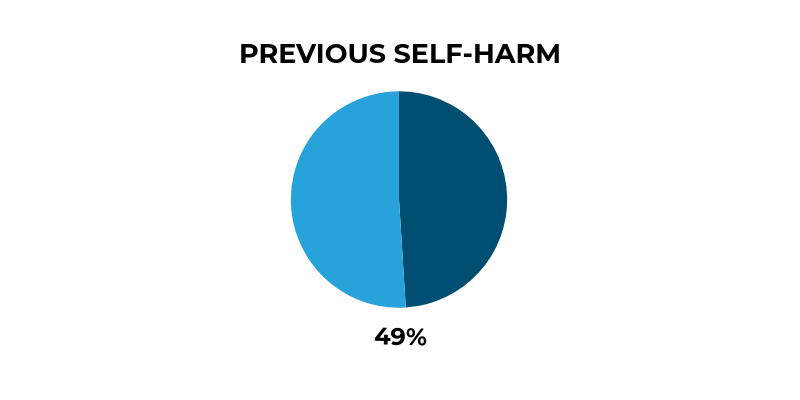
Changing pattern of stresses at different ages
Academic pressures and bullying were more common before suicide in people aged under 20, while workplace, housing and financial problems were more often reported in young people aged 20-24.
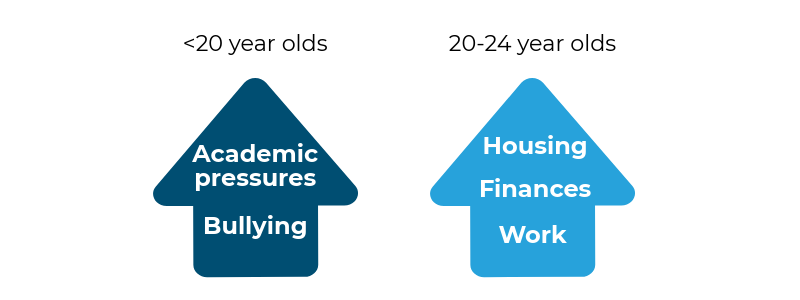
Contact with services
However, only around 40% of young people who died by suicide were in recent service contact – in 26% this was mental health care, and often suicide risk was not recognised.
Services need to improve access, collaboration and risk management skills.
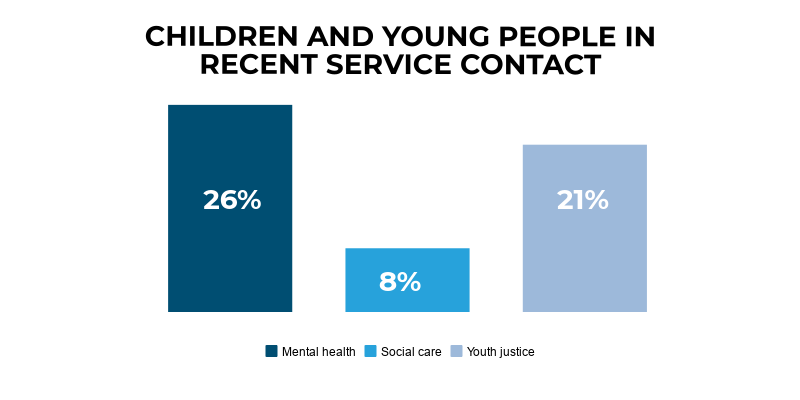
Cumulative risk
Each aspect is open to prevention in different ways, such as support for young children and their families, access to CAMHS including self-harm and substance misuse services, and crisis support.
